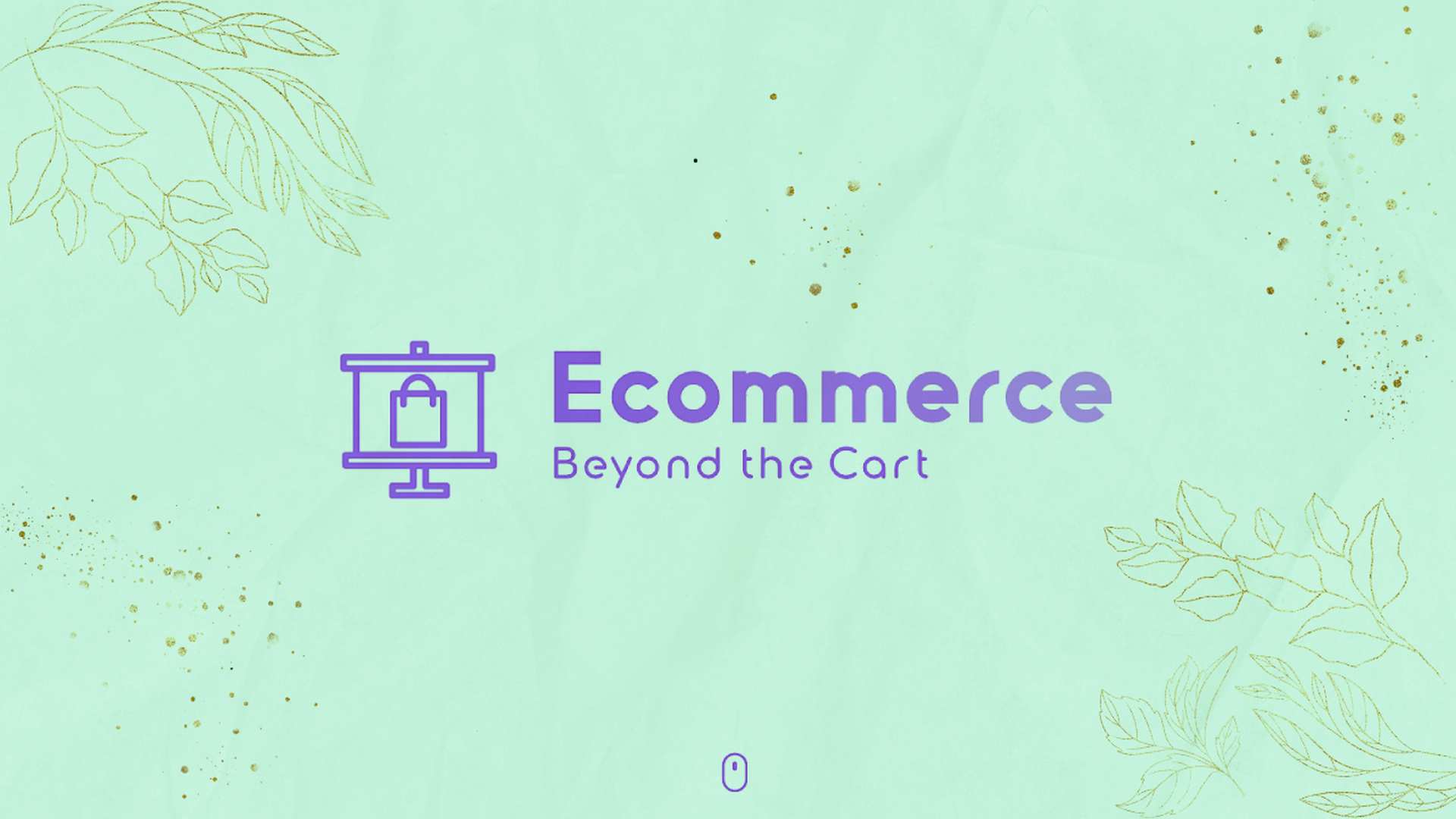The Rise of Ecommerce Subscription Models
The Evolution of Ecommerce Subscription Models
Ecommerce subscription models have evolved significantly over the years, with businesses recognizing the potential for building a steady stream of recurring revenue through subscription-based services. What started as a niche market has now become a mainstream business model, with companies across various industries adopting subscription services to attract and retain customers.
The Impact of Technology
Advancements in technology have played a significant role in the rise of ecommerce subscription models. The proliferation of online shopping platforms, payment gateways, and customer relationship management tools has made it easier for businesses to set up and manage subscription services. Customers can now easily sign up for subscriptions, manage their accounts, and receive regular product deliveries or access to services with just a few clicks.
The Appeal of Convenience
One of the key drivers behind the popularity of ecommerce subscription models is the appeal of convenience for customers. By offering products or services on a subscription basis, businesses are able to provide customers with a hassle-free shopping experience. Customers no longer have to remember to reorder products or renew their memberships manually, as everything is handled automatically through the subscription service.
The Shift in Consumer Behavior
Consumer behavior has also played a significant role in the rise of ecommerce subscription models. With the increasing demand for personalized experiences and convenience, customers are more inclined to sign up for subscription services that offer curated products, exclusive content, or special perks. Subscription services cater to the changing preferences of modern consumers by providing a seamless and customized shopping experience.
The Competitive Landscape
As more businesses embrace ecommerce subscription models, the competitive landscape has become increasingly crowded. Companies are constantly innovating and diversifying their subscription offerings to stand out in the market and attract new customers. This competition has led to a greater variety of subscription services available to consumers, ranging from beauty boxes and meal kits to software subscriptions and online streaming services.
The Benefits of Recurring Revenue
One of the primary benefits of ecommerce subscription models is the ability to generate recurring revenue for businesses. By offering products or services on a subscription basis, companies can establish a steady income stream that is more predictable and reliable compared to one-time purchases. Recurring revenue allows businesses to better plan their finances, invest in growth opportunities, and weather economic downturns more effectively.
The Importance of Customer Retention
Customer retention is another key advantage of ecommerce subscription models. By encouraging customers to sign up for recurring subscriptions, businesses can build a loyal customer base that is likely to make repeat purchases over time. Subscription services foster long-term relationships with customers, increasing their lifetime value and reducing the need for costly marketing efforts to acquire new customers.
The Role of Data and Analytics
Data and analytics play a crucial role in the success of ecommerce subscription models. By tracking customer behavior, preferences, and engagement with subscription services, businesses can gain valuable insights into their target market and optimize their offerings accordingly. Data-driven decisions help businesses improve customer satisfaction, increase retention rates, and drive revenue growth through personalized recommendations and targeted marketing campaigns.
The Challenges of Implementing Subscription Models
While ecommerce subscription models offer numerous benefits, they also present challenges for businesses to overcome. One of the key challenges is the need to continuously deliver value to customers to justify the recurring payments. Businesses must consistently innovate, offer new products or features, and engage with subscribers to prevent customer churn and maintain a competitive edge in the market.
The Pricing Dilemma
Setting the right price for subscription services can be a delicate balancing act for businesses. Pricing plays a crucial role in attracting customers, maximizing revenue, and ensuring profitability. Businesses must carefully consider factors such as the perceived value of the subscription, customer willingness to pay, competitive pricing, and the cost of goods or services to determine the optimal pricing strategy for their subscription offerings.
The Importance of Customer Service
Customer service is paramount in the success of ecommerce subscription models. Businesses must prioritize providing excellent customer support to address subscriber inquiries, resolve issues promptly, and ensure a positive customer experience. Effective customer service can help build trust with customers, enhance brand loyalty, and encourage repeat purchases, ultimately leading to higher retention rates and increased revenue.
The Future of Ecommerce Subscription Models
The future of ecommerce subscription models looks promising, with continued growth and innovation expected in the coming years. As technology advances and consumer preferences evolve, businesses will need to adapt and refine their subscription offerings to meet the changing needs of customers. Companies that can harness the power of data, deliver exceptional value, and provide outstanding customer service will be well-positioned to thrive in the competitive landscape of ecommerce subscription models.

